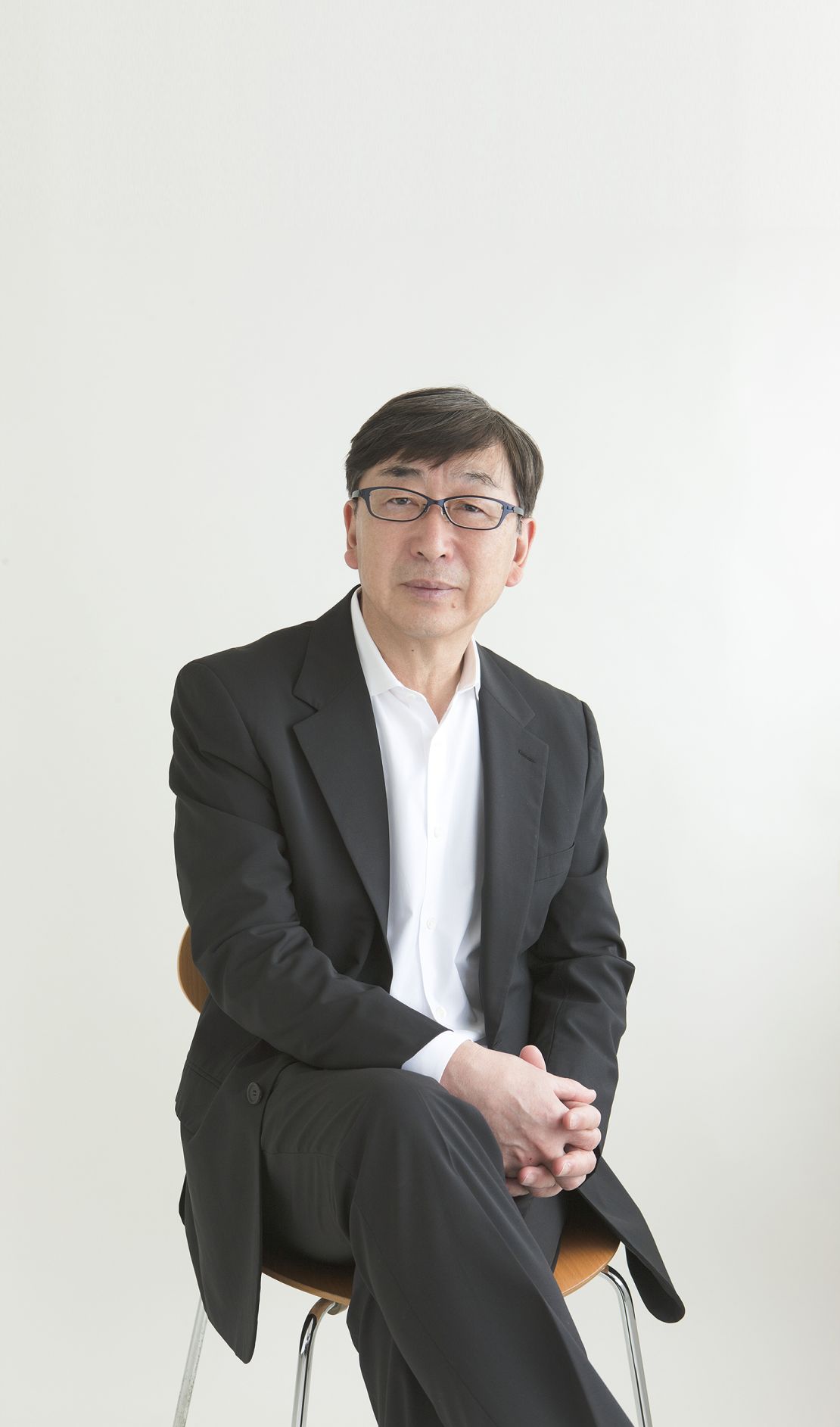Editor’s Note: This article was originally published in 2013.
Story highlights
Seoul-born Japanese architect Toyo Ito wins highest prize for architecture
Ito oversaw reconstruction projects in Japan following the 2011 tsunami
His firm is currently working on projects in Taiwan, Singapore and Japan
Seoul-born, 71-year-old Japanese architect Toyo Ito is this year’s recipient of the industry’s most coveted prize.
On Monday, the architect was announced the 2013 Pritzker Architecture Prize winner, joining past Pritzker Laureates that include Frank Gehry, Tadao Ando and Rem Koolhaas.
“As I did not expect it, I felt really grateful and honored to be awarded the prize,” Ito told CNN.
In addition to his abstract, beautiful buildings, the Tokyo-based architect is also known for his extensive work on communal centers as part of the reconstruction in Japan following the 2011 tsunami.

Ito, whose family ran a miso (bean paste) factory following his father’s early death when Ito was 12, has said he wasn’t interested in architecture as a youth. He began taking an interest while attending the University of Tokyo.
Throughout his career, Ito’s designs have been unusual, vivid and minimalistic – from the aluminum house he designed for his sister to the Sendai Mediatheque in Miyagi, Japan, which he describes as his professional highlight.
The Pritzker committee jury raved about his lifework of defying standard distinctions. It will officially bestow its award at a ceremony in Boston on May 29.
Together with the 40 employees of his namesake firm, Toyo Ito & Associates, the architect is currently working on projects in Taiwan, Singapore and Japan.
“I travel 50 to 60 times per year for work,” says Ito. “I love any place where I work.”
At Princeton in 2009, he lectured on the development of the grid system in architecture, pointing out that while the system allows for rapid construction, “it also made the world’s cities homogenous” and that “it made the people living and working there homogenous, too.”
His design aesthetic is “modifying the grid slightly” so buildings can have closer relationships to their environment.
“Not fixing my style, I keep extending the possibilities of architecture,” he told CNN. “In other words, I would like to unbridle architecture from various restrictions and give it more freedom.”
The photo gallery above illustrates how Ito is changing and influencing landscapes of cities around the world.
Where to see the buildings (numbered per the gallery above)
1. Sendai Mediatheque, 2-1 Kasugamachi, Aoba-ku, Sendai, Miyagi, Japan; +82 22 713 3171; open daily 9 a.m.-10 p.m., closed every fourth Thursday; www.smt.jp
3. Matsumoto Performing Arts Centre, Fukashi, Matsumoto, Nagano Prefecture, Japan; +81 263 33 3800; www.mpac.jp
7. Tama Art University Library (Hachioji campus), 2-1723 Yarimizu,Hachioji,Tokyo; +81 42 676 8611; open daily 9 a.m.-5 p.m.; www.tamabi.ac.jp
8. Za-Koenji Public Theatre, 2-1-2 Koenji-Kita, Suginami-ku, Tokyo; +81 3 3223 7300; za-koenji.jp
9. Main Stadium for 2009 World Games, No. 100, Shìyùn Blvd, Zuoying District, Kaohsiung City, Taiwan;+886 7 582 9000; open daily 8:30 a.m.-6 p.m.; www.nssac.gov.tw
10. Toyo Ito Museum of Architecture, 2418 Urado, Omishima-machi, Imabari, Ehime, Japan; +81 897 74 7220; open Tuesday-Friday 9 a.m.-5 p.m.; www.tima-imabari.jp













